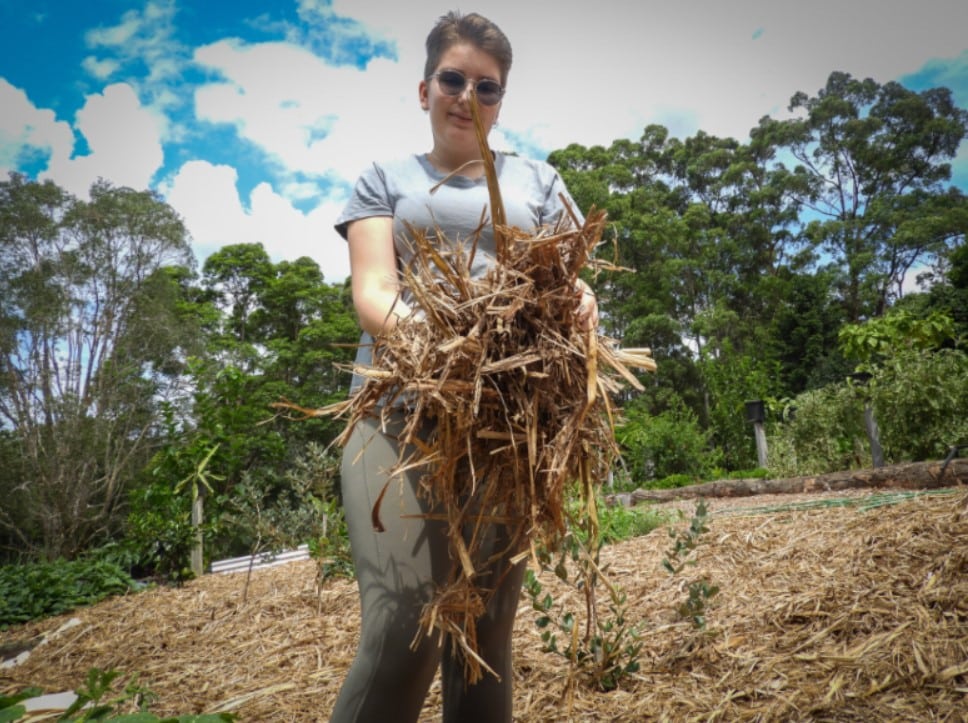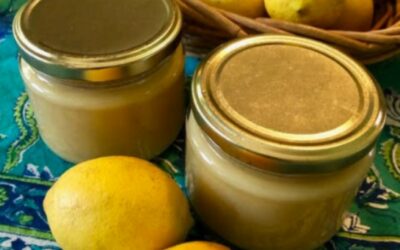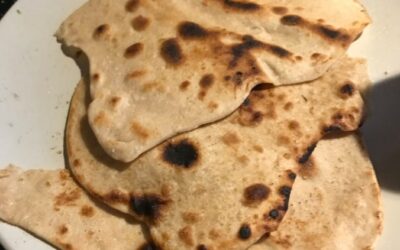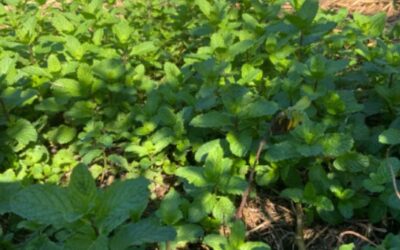
Mulching is essential for any healthy garden, but can sometimes be overlooked.
Mulch is an organic and biodegradable material that mimics the forest floor. Mulch covers the ground and insulates the soil from sun, evaporation, and erosion. So the layer of mulch acts as a sort of semi-permeable barrier that allows rain to seep through to the soil but also helps to slow down water loss through evaporation.
Mulch is good for the soil, which in turn is good for your plants. It supports the important work done by microorganisms by retaining moisture. This prevents roots from drying out and deters weeds that compete with your plant’s nutrients…
Mulching should be tackled differently in different climates and different seasons.
-
In hot and dry climates your mulch layer should be thicker to help retain moisture and protect from the hot sun.
-
In cool and wet climates you would use a thinner layer of mulch that will protect the soil from erosion but also allowing moisture to evaporate preventing fungal issues.
-
In hot and humid climates a medium layer of mulch is required to help both erosion from torrential rains but also allows for evaporation preventing fungal diseases and also protects the soil from the hot sun.
Many types of mulch can be used and observing what works best in your climate and garden and making adjustments as you go along. In our garden and our climate, we focus on using free materials and living mulch.
Living mulch is a great option and using companion perennials to do the hard work for you is very successful – it’s a win-win. Don’t be concerned that living mulch will compete and smother your primary plants.
Think of your garden like a forest floor where plant species naturally grow and intertwine with each other. We use rambling herbs and native violets as living mulch around our vegetables and we plant comfrey under our fruit trees especially around our bananas as they love to live and grow next to each other.
Chop and drop mulch is another method we use daily in our garden.
Usually, we chop and drop weeds, comfrey, and other leaves that require pruning and drop them directly onto the soil and often we then cover them in newspaper and sugarcane mulch is then added on top.
We are a great believer in our garden that what comes from the earth should always be given back.
Leaf mulch is perfect and helps to retain moisture. Whenever we use leaves as mulch, I love to go back and visit a few weeks later and lift a little of the mulch to see the web of mycorrhizal fungi spreading along the soil – enhancing plant access to soil nutrients and water.
Wood chips work similar to leaf mulch but take a little longer to decompose. Wood chips are free on our property as we chip fallen branches straight onto our garden. Wood chips take 2-3 years to break down, but when they do, they are a wonderful soil conditioner adding a nitrogen content back into the soil and thus providing nutrients for growing plants.
We think the key to mulching your garden is to not have all your eggs in one basket so to speak.
We like to use a combination of all methods to aid in weed suppression and fertilisation. We have found that combining dry mulch with green mulch coupled together creates a nitrogen source, similar to a compost bin – layering greens and browns – & your plants will thank you.
– By Eve Ballard




0 Comments